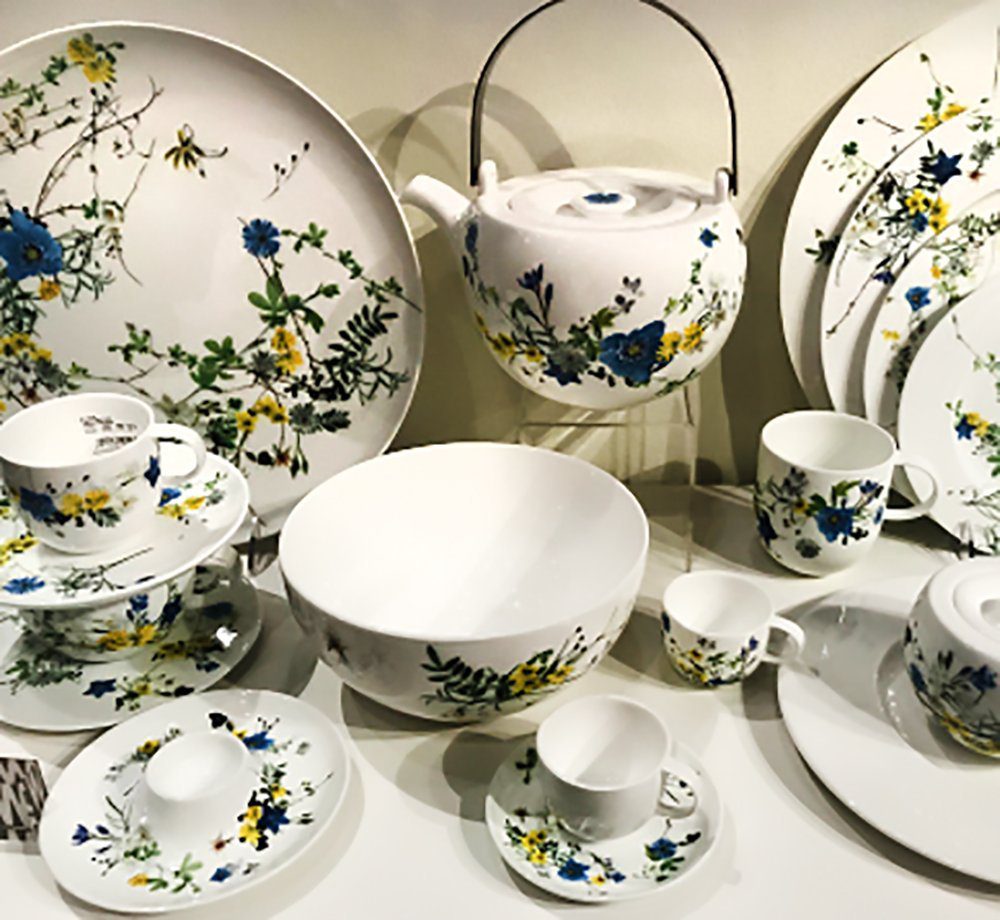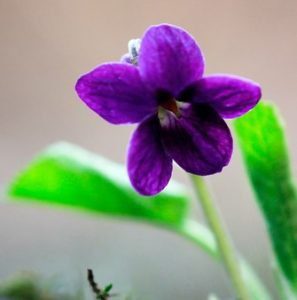Violets Are Stars Of Alpine Meadows On This China Pattern

The Rosenthal china pattern Brilliance shows an Alpine meadow in spring, bursting with columbine, yellow Star of Bethlehem, alpine crocus and shy violets. In some lucky parts of the world violets are already making their appearance in February, which makes them, and the primrose, the flower of the month.
 The Yellow Star of Bethlehem, or Gagea lutea, is a member of the lily family.
The Yellow Star of Bethlehem, or Gagea lutea, is a member of the lily family.
The Rosenthal pattern was designed by Regula Studli, one of Switzerland’s best textile designers. She studied at the University of Art and Design in Zurich then worked at the Swiss textile company Jakob Schlaepfer for more than a decade.
Since 2012 Studli has run her own studio. And we are betting you can’t say Studli Studio three times fast. She has developed other patterns for Rosenthal, but let’s go back to talking about violets.

We think of all violets as being bluish purple, but they also come in yellow and a pale cream color. There are between 500 and 600 species of violets, genus violas, including pansies. Some violas are known to participate in “open marriage.” (Seriously, it’s called being “chasmogamous,” because of the arrangement of the floral structures.) Which leads us to reconsider the very concept of “shrinking violet.
In case you were wondering, the word “viola” has nothing to do with the instrument the viola.
Children love to gather violets because they are tiny, and secret. Child-size. Eliza Doolittle sells violets on the street in “My Fair Lady,” because it is the kind of thing a poor person could gather for free. Most likely they were “sweet violets,” heirloom types with heart-shape leaves and a candy-sweet smell, a type known as viola odorata.
Sweet violets are perennials, grow well in the shade and appear in late winter. If you want to plant violets, these are the ones you want. You might even find some that are dark blue, white or light pink.
You can look for white or light pink violets in the Rosenthal china pattern, but I don’t think you will see any. We encourage you to keep looking, however.
